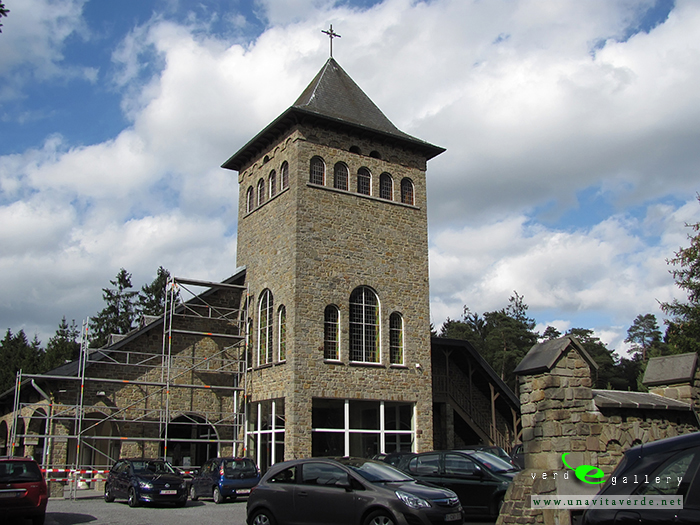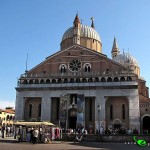Monastery Banneux Notre-Dame, Belgium
“Our Lady of Banneux” is the sobriquet given to the apparition of the Virgin Mary to Mariette Beco, an adolescent girl living in Banneux, province of Liège from Belgium.
Between January 15 till March 2, 1933, Mariette Beco told her family and parish priest of seeing a Lady in white who declared herself to be the “Virgin of the Poor”, saying I come to relieve suffering and believe in me and I will believe in you. In one of these visions, Mariette said the Lady asked her to drink from a small spring, telling her the spring was for healing and “for all nations”. Over time theplace drew pilgrims. Today, the small spring yields about 2,000 gallons of water a day with many reports of miraculous healings.
Things to do in Monastery near Banneux – pictures of Banneux Belgien photo gallery added 13 of April, 2013.



































